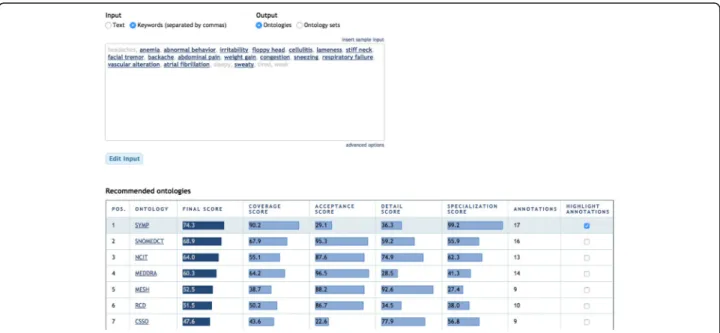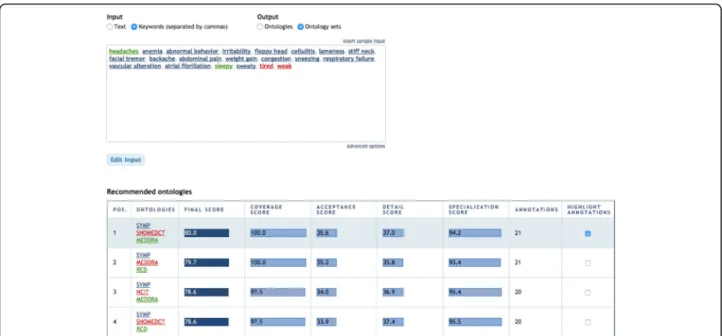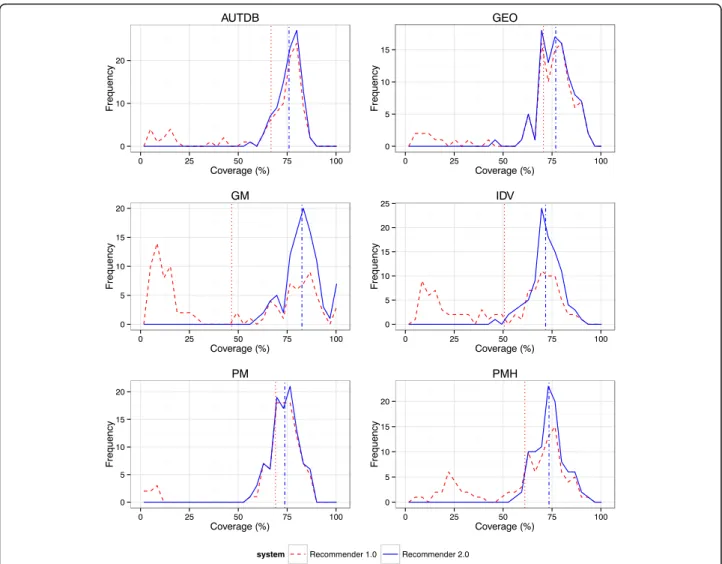TítuloNCBO Ontology Recommender 2 0: an enhanced approach for biomedical ontology recommendation
Texto completo
Figure

![Fig. 1 Top 20 BioPortal ontologies according to their acceptance scores. The x-axis shows the acceptance score in the interval [0, 100]](https://thumb-us.123doks.com/thumbv2/123dok_es/7276690.441920/8.892.87.809.133.500/bioportal-ontologies-according-acceptance-scores-shows-acceptance-interval.webp)
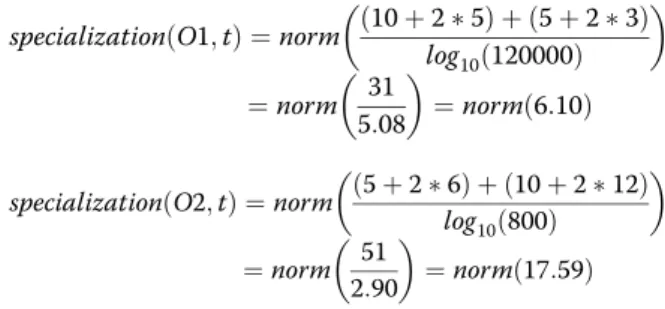
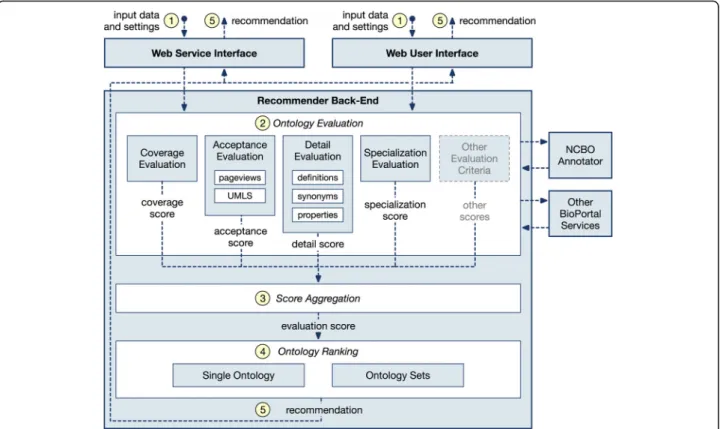
Documento similar
In the current version of our system a user evaluate a specific on- tology considering five different criteria (see Section 3). These five criteria can be divided in two
The Global Compact for Safe, Orderly and Regular Migration (Global Compact for Migration hereinafter) has been considered the first instrument to comprehensively address all
In this paper we present a model for building ontology translation systems between ontology languages and/or ontology tools, where translation decisions are defined at four
Thus, until future OWL-S engines make this task unnecessary, the defined composite process has been translated to WSBPEL and loaded into an execution engine, performing the
In fact, KIM relies on a keyword-based IR engine for this purpose (indexing, retrieval and ranking). Our work complements KIM with a ranking algorithm specifically designed for
The personalised recommendations helped users to find relevant news articles, and a semantic expansion of user preferences eased the matching between user and
The implemented SW gateway stores and gives access to multiple ontologies in an efficient way thanks to its indexing structures and ontology-accessing API (section 7.2). While
a) numeric criteria (‘correctness’, ‘readability’ and ‘flexibility’), which take discrete numeric values [1, 2, 3, 4, 5], where 1 means the ontology does not fulfil
